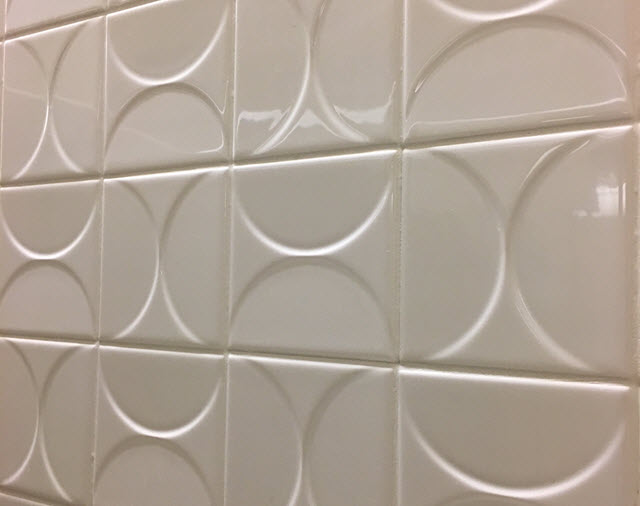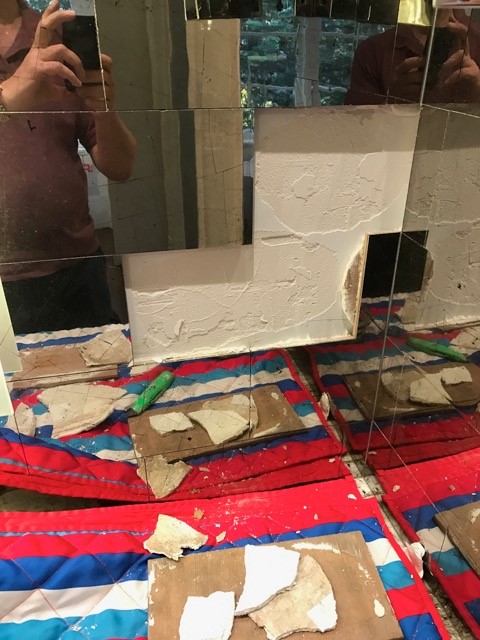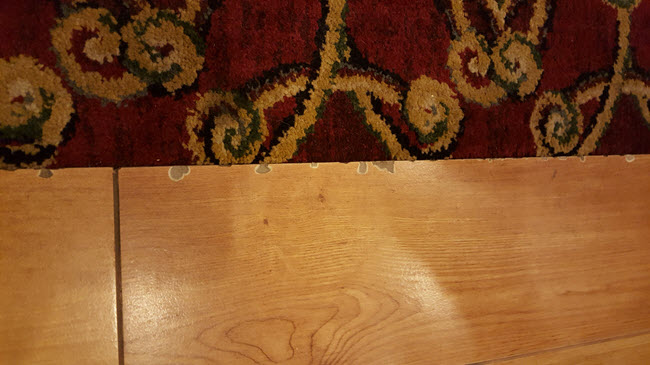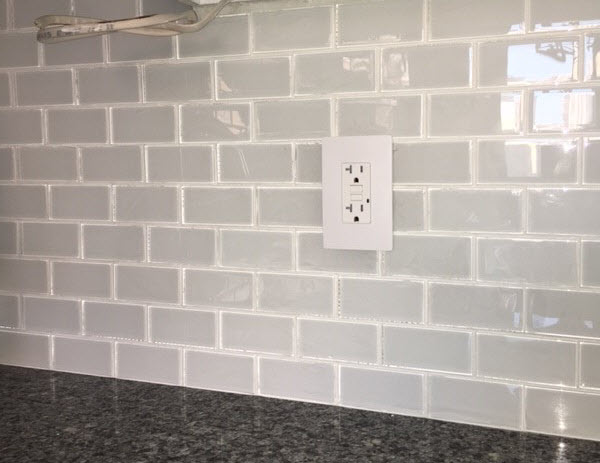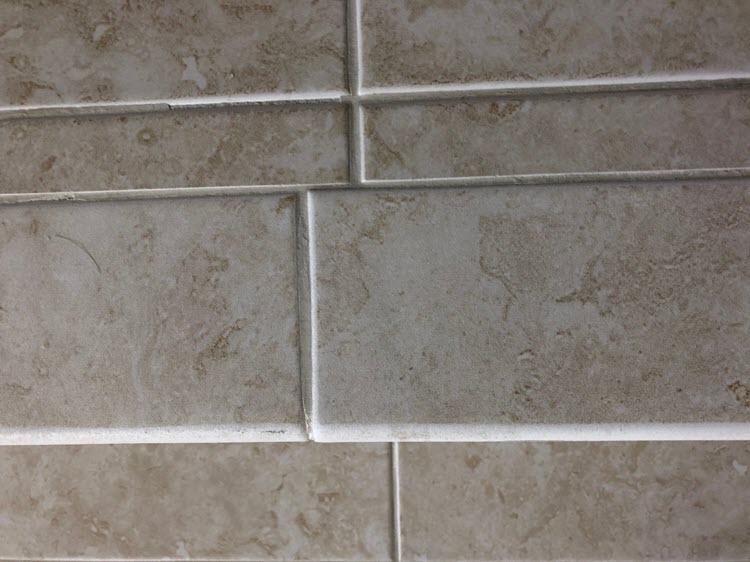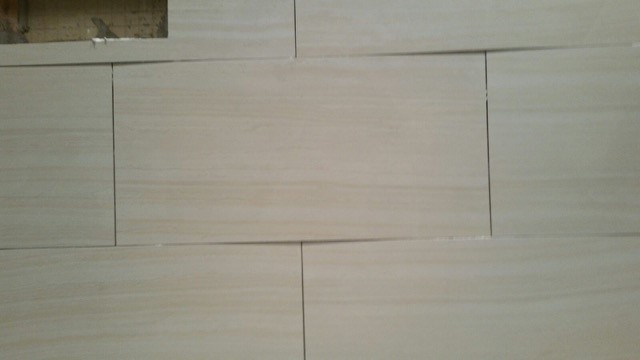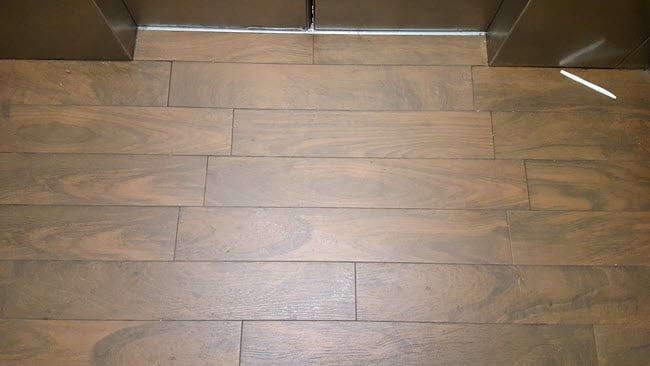Happy New Year! Are you ready to make tile installation resolutions for 2026?
If you're already in the know, consider these resolutions a refresher. And, if you're new to the Ceramic Tile Education Foundation and the Certified Tile Installer Program, here's your introduction to a bold, new standards-based, methodical approach to installing ceramic tile.


